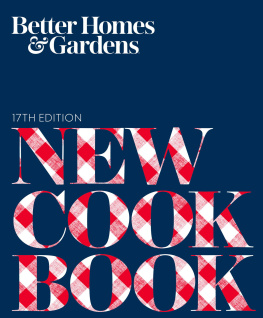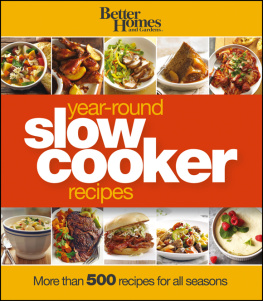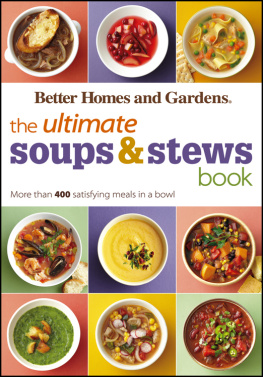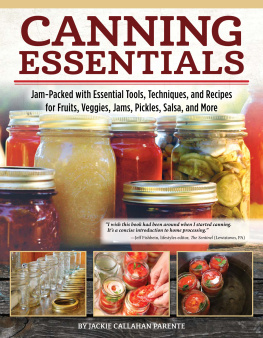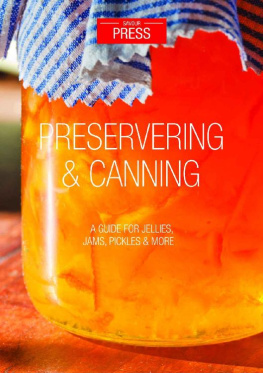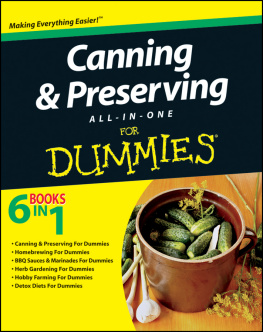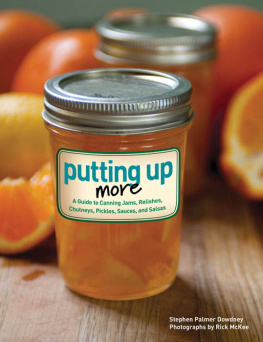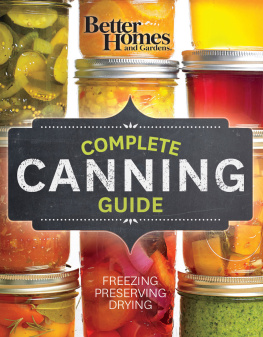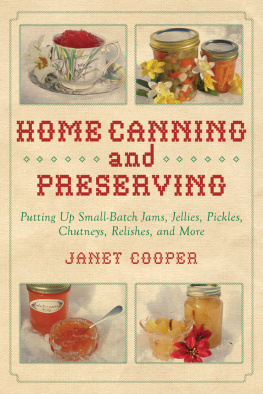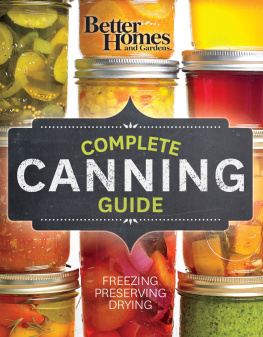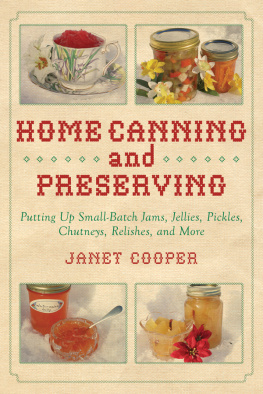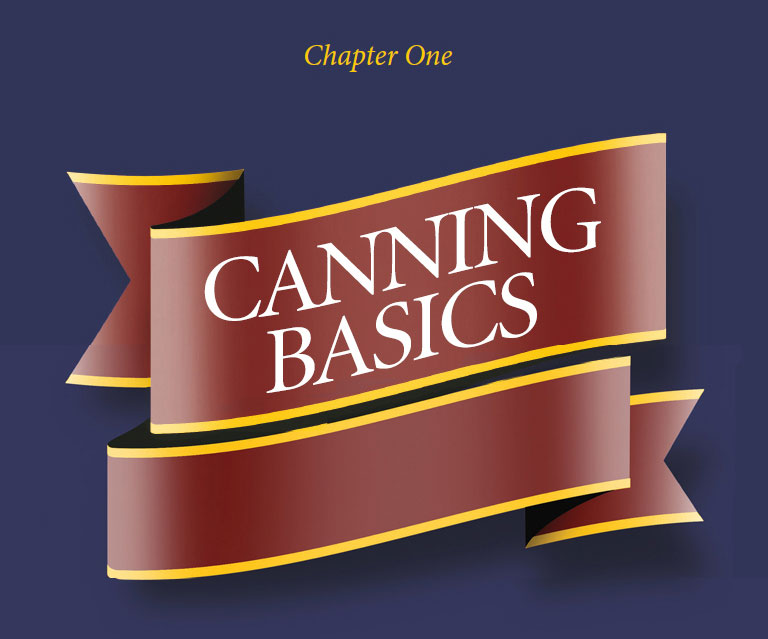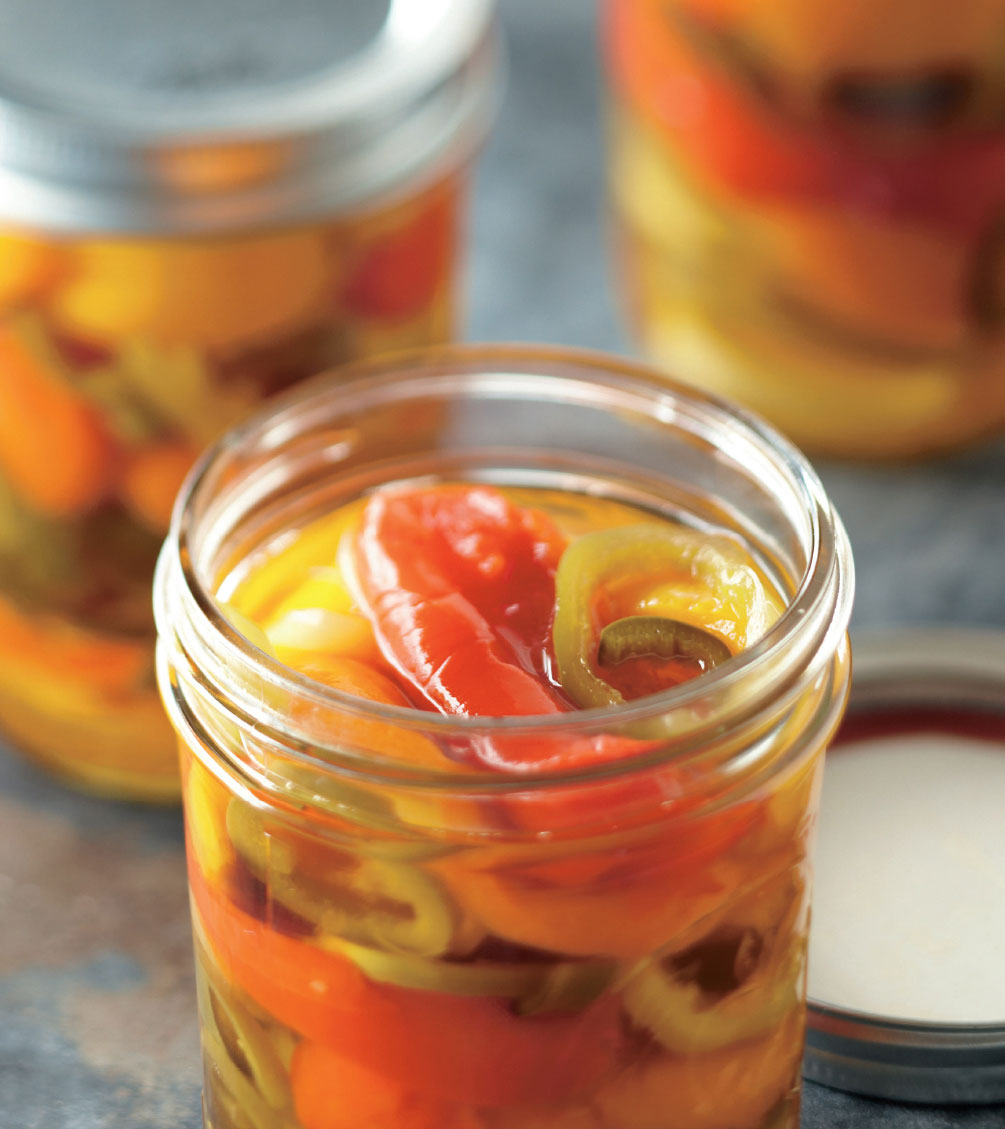Copyright 2010 by Meredith Corporation, Des Moines, Iowa. All rights reserved.
Published by John Wiley & Sons, Inc., Hoboken, New Jersey.
Published simultaneously in Canada.
No part of this publication may be reproduced, stored in a retrieval system, or transmitted in any form or by any means, electronic, mechanical, photocopying, recording, scanning, or otherwise, except as permitted under Section 107 or 108 of the 1976 United States Copyright Act, without either the prior written permission of the Publisher, or authorization through payment of the appropriate per-copy fee to the Copyright Clearance Center, Inc., 222 Rosewood Drive, Danvers, MA 01923, (978) 750-8400, fax (978) 750-4470, or on the web at www.copyright.com. Requests to the Publisher for permission should be addressed to the Permissions Department, John Wiley & Sons, Inc., 111 River Street, Hoboken, NJ 07030, (201) 748-6011, fax (201) 748-6008, or online at http://www.wiley.com/go/permissions.
Limit of Liability/Disclaimer of Warranty: While the publisher and author have used their best efforts in preparing this book, they make no representations or warranties with respect to the accuracy or completeness of the contents of this book and specifically disclaim any implied warranties of merchantability or fitness for a particular purpose. No warranty may be created or extended by sales representatives or written sales materials. The advice and strategies contained herein may not be suitable for your situation. You should consult with a professional where appropriate. Neither the publisher nor author shall be liable for any loss of profit or any other commercial damages, including but not limited to special, incidental, consequential, or other damages.
For general information on our other products and services or for technical support, please contact our Customer Care Department within the United States at (800) 762-2974, outside the United States at (317) 572-3993, or fax (317) 572-4002.
Wiley also publishes its books in a variety of electronic formats. Some content that appears in print may not be available in electronic books. For more information about Wiley products, visit our web site at www.wiley.com.
Library of Congress Cataloging-in-Publication Data is available upon request.
ISBN: 978-0470-60756-5
Meredith Corporation
Editor: Jan Miller
Contributing Writer and Editor: Veronica Lorson Fowler, Waterbury Publications, Inc.
Contributing Editor: Lisa Kingsley, Waterbury Publications, Inc.
Contributing Photographers: Marty Baldwin, Jason Donnelly, Robert Jacobs, Scott Little, Kritsada Panichgul
Contributing Food Stylists: Greg Luna, Diana Nolin, Jennifer Peterson, Nicole Peterson, Charles Worthington
John Wiley & Sons, Inc.
Publisher: Natalie Chapman
Associate Publisher: Jessica Goodman
Executive Editor: Anne Ficklen
Editor: Charleen Barila
Production Director: Diana Cisek
Production Editor: Abby Saul
Manufacturing Manager: Tom Hyland
Design Director: Ken Carlson, Waterbury Publications, Inc.
Associate Design Director: Doug Samuelson, Waterbury Publications, Inc.
Production Assistant: Mindy Samuelson, Waterbury Publications, Inc.
Our seal assures you that every recipe in You Can Can has been tested in the Better Homes and Gardens Test Kitchen. This means that each recipe is practical and reliable and meets our high standards of taste appeal. We guarantee your satisfaction with this book for as long as you own it.
YOU REALLY CAN CAN
IN THE PAST FEW YEARS, canning has experienced a resurgence as a new generation has embraced the concept of gathering beautiful produce from the garden or local farm stand to preserve for enjoyment all year long.
You, too, will enjoy transforming the fat red tomatoes of August into delicious sauces that grace the dinner table in February. Or picking delicate raspberries on a June morning and simmering them into jam to brighten breakfast on the dreariest March day. Or growing cucumbers with care in the garden and preserving them in a tangy brine to make crunchy pickles that evoke the nostalgic flavors of Grandmas table.
Another benefit of canning is decidedly modern: You control the ingredients to fit your lifestyle. Just about everything that goes into your home-canned products can be healthful, natural, and organic, with minimal sugar, salt, or fat.
Canning is also economical, a great way to cut food costs while getting the best for your investment. If you grow your own produce, after the initial investment in jars and equipment, you can serve a variety of full-flavor, top-quality food for pennies.
But the best reason to can may be the emotional elementthe deep satisfaction of putting up your own food. Gardening and canning allows you to live with the seasons. Its richly rewarding to set jar after jar of delicious canned foods in a neat row on a pantry or cupboard shelf, storing months of good eating just an arms reach away.
You Can Can will set you on your way. This book is filled with clear, simple instructions and helpful tips designed with first-time canners in mind. Although the concept of canning can be a little bit intimidating to beginners, its really very easy. This book offers the safest, simplest, most up-to-the-minute methods to ensure success.
The recipes include tried-and-true favorites, such as .
So read on. Learn how to can easily and with assurance. Find recipes that inspire youthen gather your produce, get some water boiling, and have fun. (You really can can!)
Welcome to canning! There's a little bit of magic in canningtransforming simple fruits and vegetables into delicious foods that keep for months on a shelf. But there's no mystery. Learn what a simpleand satisfyingprocess it is with these easy step-by-step directions.
CHAPTER 1
Canning Basics
Welcome to canning! There's a little bit of magic in canningtransforming simple fruits and vegetables into delicious foods that keep for months on a shelf. But there's no mystery. Learn what a simpleand satisfyingprocess it is with these easy step-by-step directions.
HOW DOES CANNING WORK?
Understanding the fundamentals of canning will set you on your way. Learn a few basics and you're sure to have a safeand deliciousexperience.
Decades ago people canned because they had to. Putting up food in crocks and jars was one of the most reliable ways to preserve the bounty of the summer garden.
Today people can because they choose to. They have more control over how the foods are grown and processedand few things are more satisfying than stepping back from a canning session to admire gleaming jars filled with gorgeous produce.
Over the years the basic process of canning remains the same, however: Heat food to a specified temperature for a particular period of time to destroy harmful microorganisms and inactivate enzymes. The process also vacuum-seals jars to remove air and prevent other micro-organisms from invading.

![Better Homes Better homes and gardens you can can: [a guide to canning, preserving, and pickling]](/uploads/posts/book/188232/thumbs/better-homes-better-homes-and-gardens-you-can.jpg)


